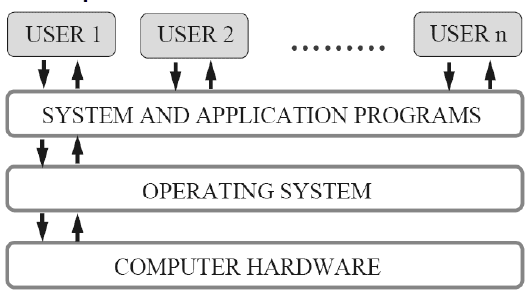Digital-to-Analog Conversion (DAC)
Digital-to-Analog Conversion (DAC) is a fundamental process in Digital Signal Processing (DSP) where digital signals are converted into analog signals for various applications such as audio reproduction, control systems, telecommunications, and more. Here’s a detailed look at how DAC is integrated with DSP data display:
Digital-to-Analog
Conversion (DAC)
- Purpose and Functionality:
- Conversion:
DAC converts discrete digital signals, typically represented as binary
numbers (samples), into continuous analog signals.
- Reconstruction:
It recreates the original analog waveform from its digital
representation, enabling output to analog devices like speakers,
actuators, or analog meters.
- Types of DACs:
- Voltage Output DAC: Converts digital codes into corresponding analog
voltage levels.
- Current Output DAC: Converts digital codes into analog current levels.
- Binary-Weighted DAC: Utilizes resistor networks to convert binary inputs
to analog output voltages.
- R-2R Ladder DAC:
Employs a ladder network of resistors to provide accurate analog output
based on binary inputs.
- Conversion Process:
- Sampling Rate:
Determines how frequently the digital signal is updated and converted
into analog form.
- Resolution:
Specifies the number of discrete levels (bits) used to represent the
analog signal’s amplitude.
- Output Filtering: Analog signals may require low-pass filtering to
eliminate high-frequency components introduced during the DAC's sampling
process.
Integration
with DSP Data Display
- Signal Reconstruction:
- After undergoing digital signal processing (e.g.,
filtering, modulation, spectral analysis), DAC reconstructs the processed
digital signals into analog waveforms for visualization or output.
- Display and Output:
- Audio Applications: DAC is used extensively in digital audio systems to
convert stored or processed digital audio signals (e.g., MP3 files) into
analog signals for playback through speakers or headphones.
- Control Systems:
DAC converts digital control signals into analog voltages or currents to
drive actuators, motors, or other analog devices in industrial automation
and robotics.
- Telecommunications: In communication systems, DAC is employed to convert
digital data streams into analog signals for transmission over analog
communication channels, modulation onto carrier waves, or for interfacing
with analog circuits.
Considerations
for DAC in DSP Data Display
- Accuracy and Resolution:
- High-resolution DACs provide finer granularity in
representing analog signals, minimizing quantization errors and enhancing
signal fidelity.
- Speed and Response Time:
- DACs with fast settling times and high sampling rates
are crucial for real-time applications where rapid signal conversion and
output are required.
- Compatibility and Interface:
- Integration with DSP processors, microcontrollers, or
FPGA platforms ensures seamless data transfer and processing between
digital and analog domains.
- Noise and Distortion:
- DAC performance parameters such as Signal-to-Noise
Ratio (SNR) and Total Harmonic Distortion (THD) impact the quality of
analog signal reconstruction, influencing the overall fidelity of the
output signal.
Applications
of DAC in DSP Data Display
- Audio Systems:
DAC enables the conversion of digital audio signals from media players,
streaming services, or digital audio workstations into analog waveforms
for playback through speakers or headphones.
- Video Systems:
DAC converts digital video signals into analog signals for display on
analog monitors, older televisions, or other analog video equipment.
- Instrumentation and Measurement: DAC is utilized in data acquisition systems to
convert digital sensor readings or measurements into analog signals for
display on meters, oscilloscopes, or other analog visualization devices.
- Signal Processing and Control: DAC facilitates the generation of analog control
signals from digital commands in industrial control systems, enabling
precise control of processes, motors, and actuators.
DAC is integral to DSP data display
as it bridges the gap between digital signal processing and analog output,
enabling the visualization, manipulation, and utilization of digital signals in
a wide range of applications across industries and technologies.



Comments
Post a Comment